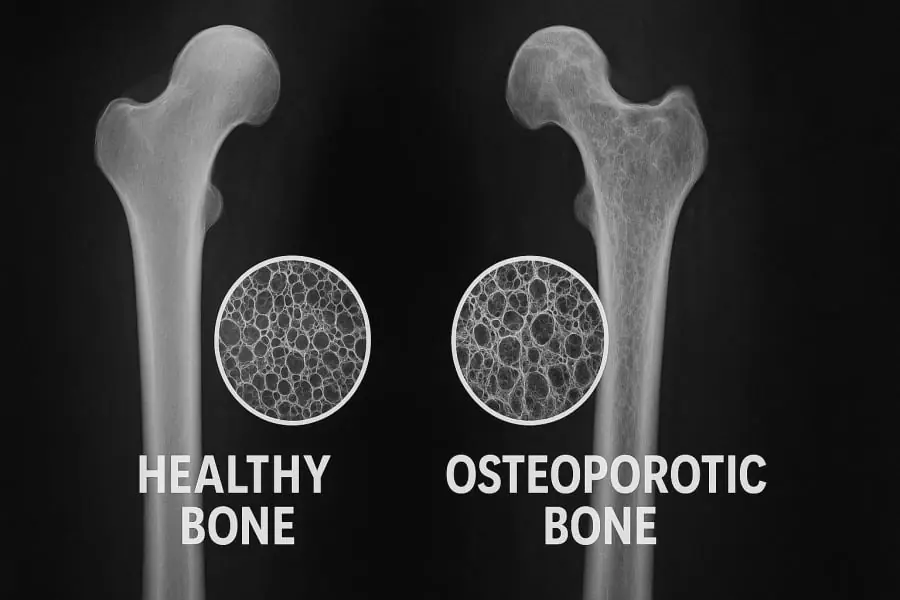
Scientists Have Discovered An Alarming Rise in Advanced Prostate Cancer in California

Rising Advanced Prostate Cancer Cases in California Spark Concern, UCSF Study Finds
A recent study conducted by researchers at the University of California, San Francisco (UCSF), has uncovered a troubling increase in advanced prostate cancer diagnoses across California over the past decade. Experts link this surge to changes in national screening guidelines, which have led to fewer men undergoing routine prostate cancer screenings. Although this trend has been observed across the U.S., the increase is significantly steeper in California, where the rate of advanced cases has surpassed the national average.
At the same time, after years of steady decline, prostate cancer death rates in most parts of the state have now plateaued, raising alarms among public health experts. These findings underscore the complex challenge healthcare providers face: finding the right balance between early detection and minimizing overtreatment—a dilemma that continues to influence prostate cancer screening policies and practices.
The study, published on January 27 in JAMA Network Open, emphasizes the critical need for more effective screening approaches. These methods must be capable of identifying dangerous, life-threatening cancers while avoiding the unnecessary diagnosis and treatment of slow-growing tumors that are unlikely to ever pose serious health risks.
A Growing Statewide Concern Across All Communities
“This overall rising trend is alarming and has occurred across all age groups, geographic regions, and racial and ethnic backgrounds in California,” said Dr. Erin L. Van Blarigan, ScD, an associate professor of Epidemiology, Biostatistics, and Urology at UCSF and the study’s lead author.
“Our data clearly show how urgent this issue is becoming,” she added. “The challenge for researchers and clinicians is identifying a screening strategy that catches aggressive cancers early without contributing to overdiagnosis and overtreatment. When men don’t get screened, the number diagnosed with late-stage prostate cancer—when treatments are much less effective—rises quickly.”
Navigating the Risks and Benefits of Prostate Cancer Screening
Prostate cancer remains the most commonly diagnosed cancer among men in the United States and is the second-leading cause of cancer-related death. However, not all prostate cancers behave the same way. While some are highly aggressive and fast-growing, many are indolent, meaning they grow slowly and may never cause symptoms or require treatment during a man’s lifetime.
The most frequently used screening method, the prostate-specific antigen (PSA) blood test, can help detect early signs of prostate cancer. However, PSA tests cannot reliably distinguish between aggressive and non-aggressive forms of the disease. As a result, some men may be diagnosed with low-risk cancers and undergo invasive treatments—such as surgery or radiation—that come with significant side effects, including urinary incontinence and erectile dysfunction.
On the flip side, avoiding screenings altogether carries its own risk. Some aggressive cancers may not be identified until they reach advanced stages, when treatment options are more limited and outcomes are significantly worse.
For many years, PSA screening was recommended as a routine procedure for most men. However, in 2012, the U.S. Preventive Services Task Force (USPSTF) advised against routine PSA screening for all men, aiming to reduce unnecessary treatments. This controversial decision prompted a nationwide drop in screening rates. In 2018, the USPSTF revised its stance, recommending that men aged 55 to 69 engage in shared decision-making with their doctors to weigh the potential benefits and risks of screening.
Despite this updated guidance, a large number of men—especially those in underserved communities or at higher risk—are not having these critical conversations with their healthcare providers, potentially missing opportunities for early detection and timely treatment.
California’s Prostate Cancer Trends: A Closer Look
The UCSF study analyzed data from nearly 388,000 men diagnosed with prostate cancer in California between 2004 and 2021. Of those, nearly 28,000 (7.2%) were diagnosed with advanced-stage disease, which has a five-year survival rate of just 37%.
Key insights from the study include:
-
Advanced prostate cancer rates in California remained stable or declined slightly until 2010. Starting in 2011, however, rates began to rise by 6.7% annually through 2021.
-
In contrast, the national average increased at a slower pace—by about 4.5% per year from 2011 to 2019.
-
The fastest regional growth in California was observed in the Central Coast, with a 9.1% annual increase, while the slowest was in the Southern San Joaquin Valley at 2.3%.
-
Prostate cancer death rates dropped by 2.6% per year between 2004 and 2012 but then leveled off in 7 out of 10 regions across the state.
-
The highest mortality rates were recorded in the Inland Empire, followed by San Diego-Imperial and the North Coast. The San Francisco Bay Area reported the lowest mortality rates.
These regional disparities point to differences in healthcare access, screening practices, environmental factors, and public awareness, all of which may influence prostate cancer outcomes.
The Importance of Continued Research and Adaptive Screening Policies
The findings highlight a pressing need for ongoing surveillance and research into how screening recommendations are impacting different communities. Experts stress that this data is essential for developing more personalized and effective strategies moving forward.
“It’s important to continue monitoring prostate cancer trends both in California and nationally,” said Dr. Scarlett L. Gomez, PhD, MPH, senior author of the study and a professor at UCSF’s Department of Epidemiology & Biostatistics. “Understanding how these shifts in policy affect various populations can guide future improvements in prevention, diagnosis, and treatment.”
Advancements in genetic testing, imaging technology, and biomarkers offer promising new tools for identifying high-risk individuals more precisely. These innovations may allow doctors to better determine who would benefit from screening and who might safely avoid it, helping to reduce unnecessary procedures and improve patient outcomes.
What This Means for Men’s Health Going Forward
This research adds to the growing body of evidence that prostate cancer screening needs to be more nuanced, targeted, and inclusive. It underscores the importance of ongoing education for both patients and healthcare providers.
Men, particularly those with a family history of prostate cancer or who belong to high-risk demographic groups, are encouraged to have open, informed conversations with their physicians about screening options. These discussions should take into account each individual’s risk factors, personal values, and preferences.
Ultimately, the goal is to ensure that life-threatening cases are caught early, while avoiding the harm of overtreatment for cancers that would not have progressed. As researchers continue to refine screening tools and guidelines, there is hope that men’s health outcomes will improve, and future trends will show a decline in advanced-stage diagnoses.
The study, titled “Trends in Prostate Cancer Incidence and Mortality Rates,” was published in JAMA Network Open and funded by the California Department of Public Health, the Centers for Disease Control and Prevention’s National Program of Cancer Registries, and the National Cancer Institute’s SEER Program.
News in the same category


6 Warning Signs You Shouldn’t Ignore – Early Indicators of Cancer

Doctors Reveal the Reasons Why More and More Young People Are Getting Cancer

10 Natural Remedies for Bronchitis to Ease Painful Cough Attacks

Nature’s Top Lymphatic Cleansers: Detox & Strengthen Immunity Naturally
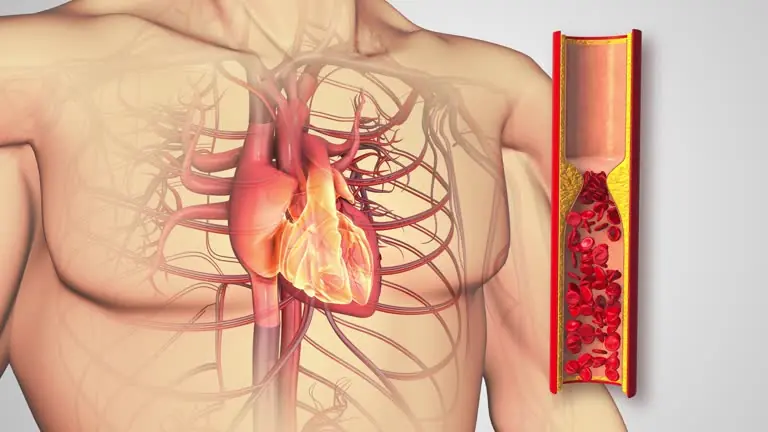
10 Warning Signs Your Body Might Be Giving You About Clogged Arteries

Cleanse Your Liver Naturally with This Powerful Juice: Beetroot, Apple, Carrot, Orange & Ginger

The Surprising Benefits of Combining Eggs and Coffee: A Nutritious and Energizing Pair

Ginger Lemon Juice: A Potent Elixir for Health and Wellness

Leg Pain, Rheumatism, Varicose Veins, Arthritis – Natural Remedy with Cloves & Garlic! 🧄🌿

6 Dementia Symptoms You Might Overlook at First

10 Snoring Solutions Your Partner Will Be Thankful For

6 Subtle Facial Clues That Can Reveal Serious Health Conditions

Preventing Stroke and Cerebral Infarction: Remember These 3 Health Indicators, 1 Critical Condition, and 6 Things You Should Never Ignore

4 Changes in Your Fingers That Could Be Signs of Lung Can.cer – See a Doctor Immediately!

Cancer Doesn’t Hurt at First, But If You Notice These 8 Signs During Bathroom Visits, See a Doctor Immediately: Don’t Ignore Them

The world’s oldest woman, who lived to 117, ate the same meal every day throughout her life

Gynecologist Refuses to Treat Trans Woman, Sparking Backlash Over Refused Care

A 4-Year-Old Girl Nearly Lost Her Life to Diabetes — Parents in Tears: “I Spoiled Her Too Much!”
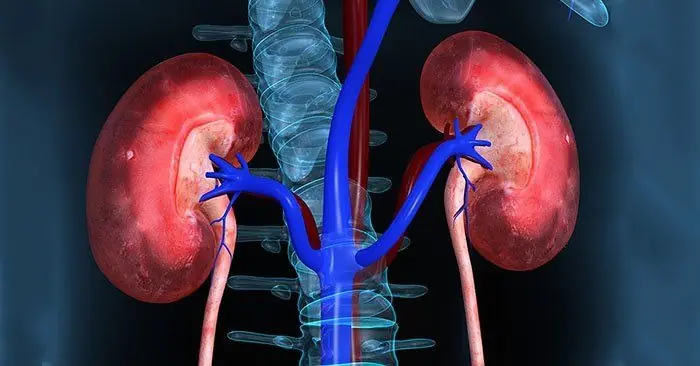
8 Signs of Kidney Failure That, If Ignored, Could Lead to a Lifetime of Dialysis
News Post

'Love What He Stands For': People Have Chosen Their Favorite Candidate for the Next Pope

Pope Leo's Brother Recalls an 'Interesting' Moment from Their Childhood That Predicted His Papacy – Details

I CAME HOME FROM DEPLOYMENT TO SURPRISE MY WIFE—BUT SHE HAD A BIGGER SURPRISE WAITING FOR ME

A STRANGER TOOK MY BABY IN HER ARMS—AND I ALMOST CRIED FROM RELIEF

The Hidden Culprits Behind Osteoporosis: 3 Common Drinks You Should Watch Out For
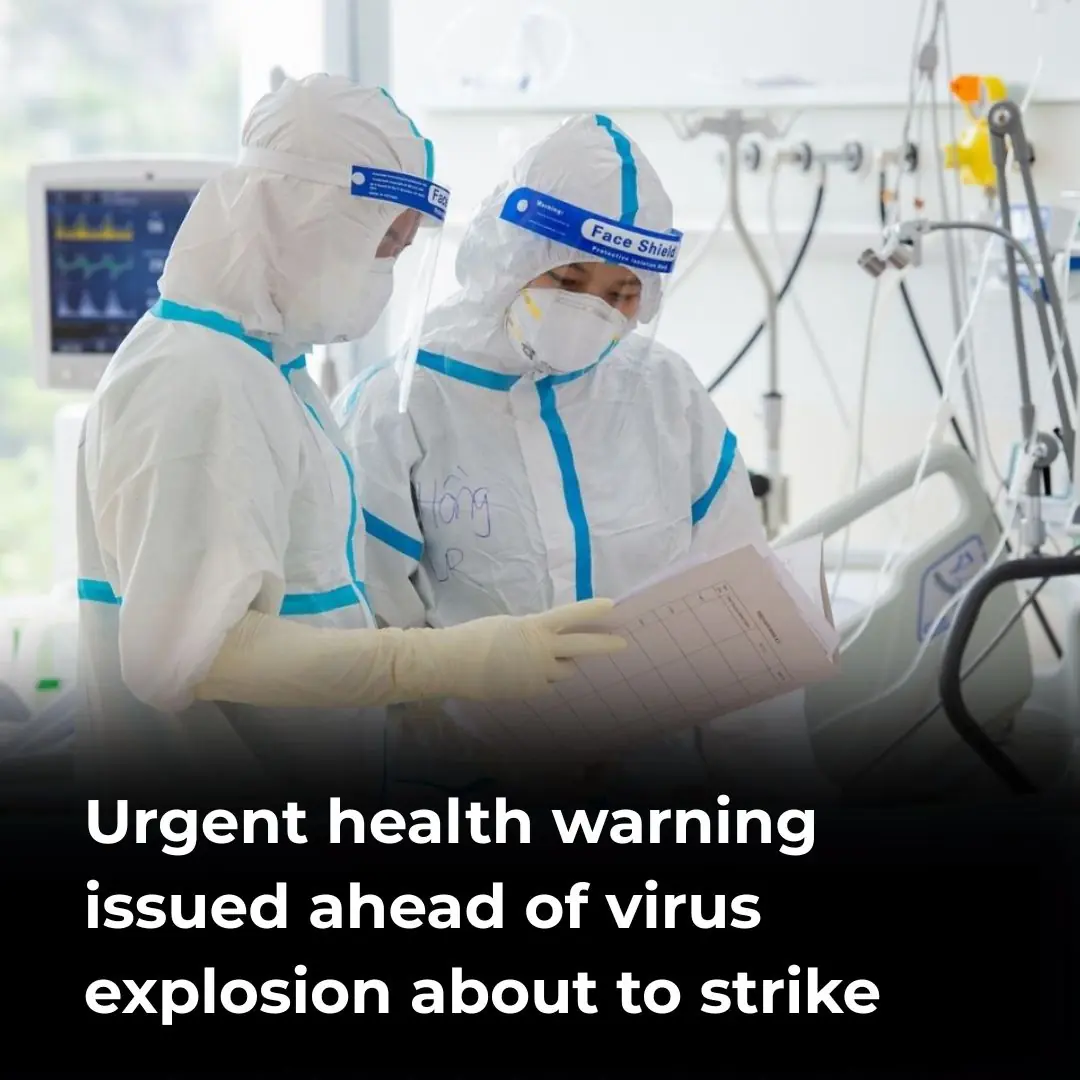
Urgent health warning ahead of virus explosion about to strike Australia

6 Warning Signs You Shouldn’t Ignore – Early Indicators of Cancer

MY K9 PARTNER SAVED MY LIFE LAST YEAR—BUT THIS MORNING HE REFUSED TO GET IN THE CAR

Doctors Reveal the Reasons Why More and More Young People Are Getting Cancer

I PLAYED A RANDOM SONG ON A STORE PIANO—AND SOMEONE IN THE BACK STARTED CRYING

The family took in an old aunt from the village; they didn’t even consider what it would lead to
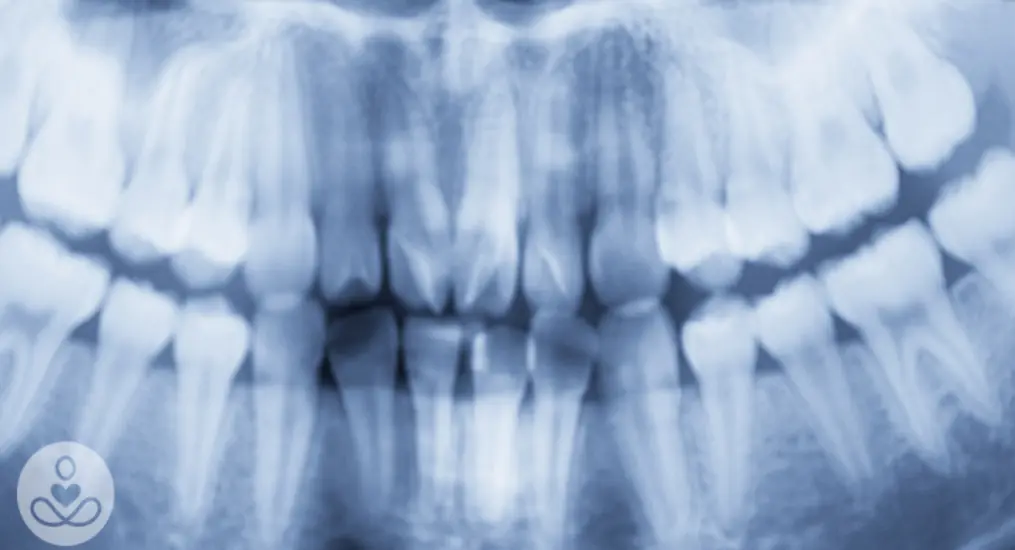
The Cause of Alzheimer’s Could Be Coming From Inside Your Mouth, Study Claims

Heartbroken Parents Of 10-Year-Old Who Died By Suicide Share Warning Signs They Noticed

What 16 Miss Universe Winners Look Like Without Makeup — The Difference Stuns

At 79, This Iconic Actress Is Still Turning Heads — After Life as a Single Mom & Embracing Aging

10 Natural Remedies for Bronchitis to Ease Painful Cough Attacks

Nature’s Top Lymphatic Cleansers: Detox & Strengthen Immunity Naturally

10 Warning Signs Your Body Might Be Giving You About Clogged Arteries
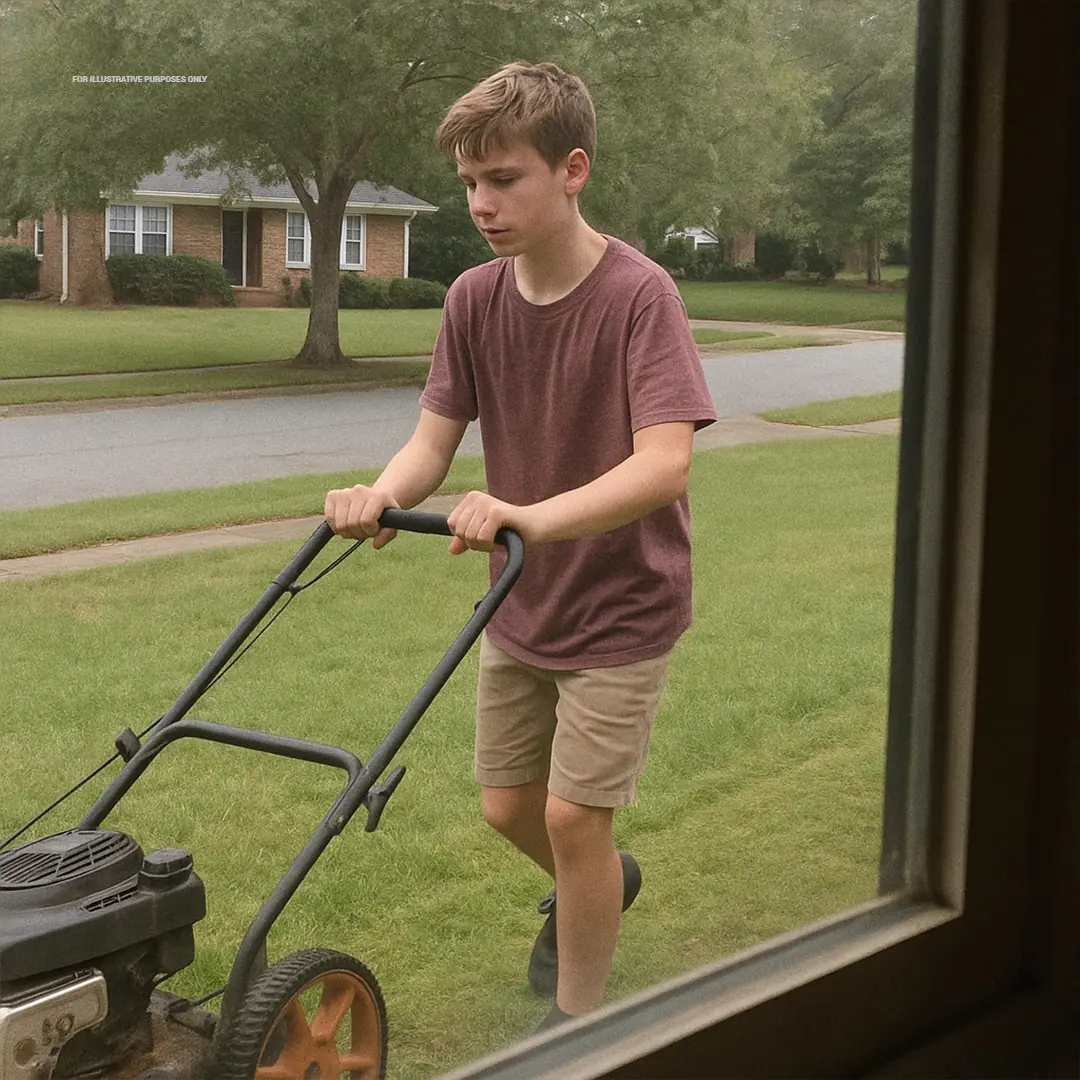
My Neighbor Sent Her Kid to Mow My Lawn Without Asking & Then Demanded I Pay $50 – I Gave Her a Reality Check
